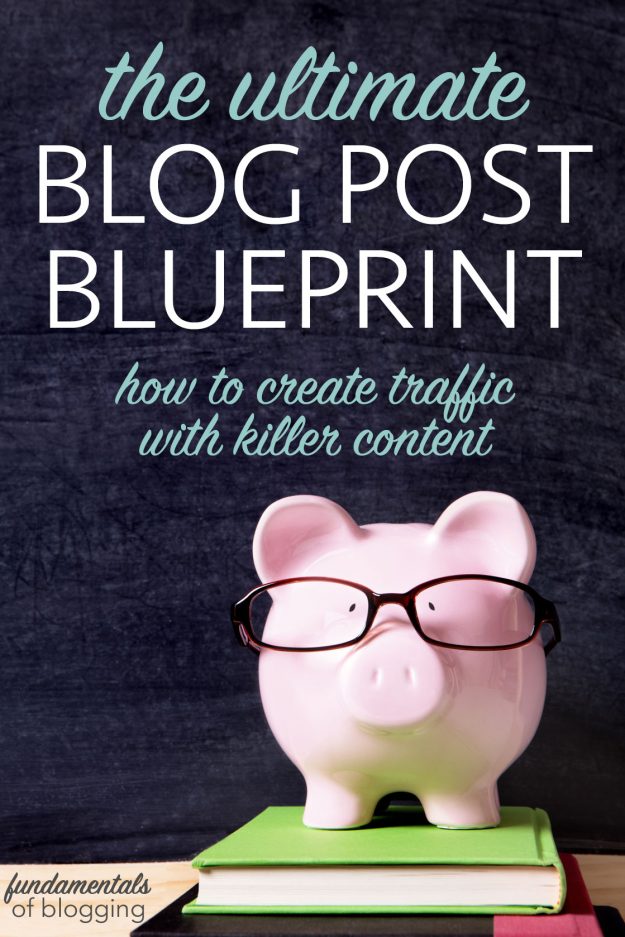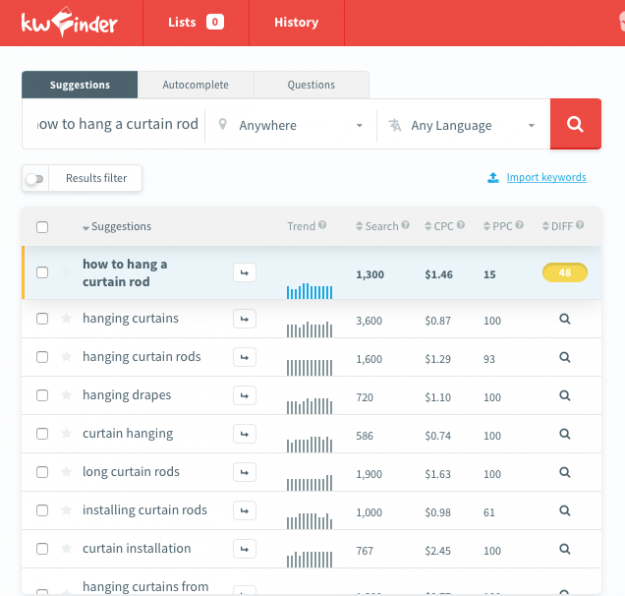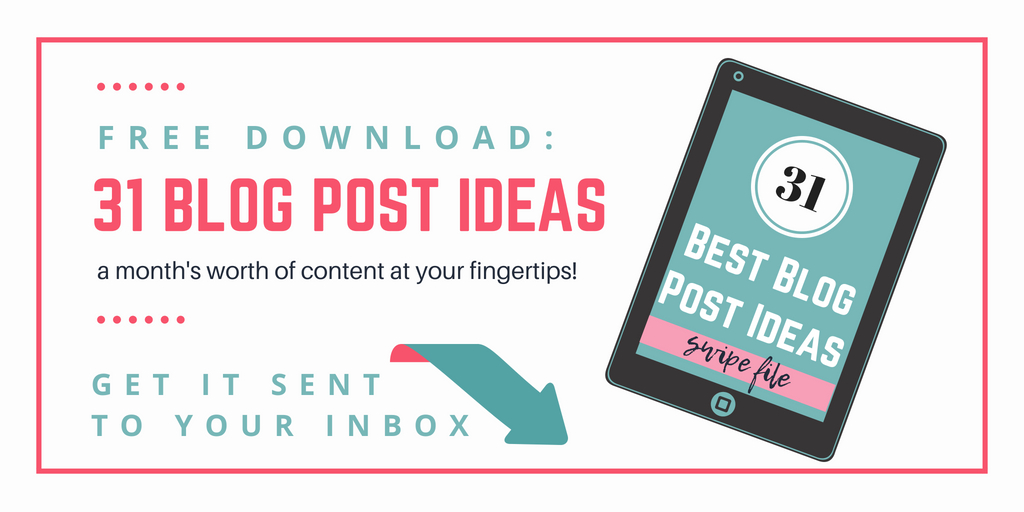Ever wonder how some of the “big bloggers” get all that traffic? At the core of it they know how to write blog posts that are crazy good. The core of a blog is the content – and the better the content the better the blog typically does.

*Before we start – this post contains affiliate links to products I highly recommend for blogging. Many have free versions but if you purchase an upgrade, I will make a tiny portion of the sale price with no additional cost to you*
There are two types of blog posts: Entertaining or Informational
All content either teaches you something or it tells a story to evoke emotion – but if you can do both of these at the same time then you’re really in the zone of how to write a blog post perfectly.
Anyone can write a blog post on how to do basically anything – and if that post teaches you the topic then a reader is in and out in no time. Mission accomplished.
Story telling bloggers have a different agenda – they want you to feel a connection with them. Storytelling is an art – and the main job of any art is to evoke emotion. If the writer brings out an emotion of the reader (whether good or bad) then they have done their job.
But there’s this sweet spot…. one where you can TEACH the reader while you are entertaining them. This is the basis of how I’ve written my blog posts for years and years. I’m not heavy on the emotion, but I do want to at least get a smile out of the reader with a little sassy saying or a quick story that relates to the subject.
Now that you know what kind of content you can write, let’s learn the logistics of how to write a blog post effectively.
First you need an idea. And honestly – the simpler the better.
Think of it as building a house. While it’s amazing to think about what kind of wallpaper you’d like, you probably would like to get the foundation of the house put in place before trying to hang the wallpaper, right?
So you need content that builds one thing upon another. You need the basic layer before you can go into more advanced content. Even if you know the content has been written a million times before – no one will write it quite like you.
Back to the idea… Let’s say you want to write a post on how to hang a curtain rod. Before you actually go off to do that project and take all the photos you’ll need, do a bit of research.

Using a KEYWORD FINDER TOOL, you can see if people actually want to know that information – because this is the most important lesson today:
IF NO ONE WANTS TO READ THE CONTENT YOU ARE PROBABLY WASTING YOUR TIME WRITING IT.
I know… it’s harsh. But the point of creating content is so people who need/want that information can find it. So do your homework before hand to make sure that content is a great match for who you are trying to reach.
Now that you have an idea and a great keyword – now what?
The real work begins. If it is project based, then you need to do the project. Which means taking photographs, editing said photos and then uploading them.
If you don’t need any step by step photos, you might consider using stock photos (like I have in this post) so you can still have some visual references to your content.
The internet is VISUALLY DRIVEN content. Which means consumers (aka readers) want to SEE images, not just read words.
And also, 3,000 words of prose with no photo breaks can get pretty exhausting. So sprinkle in a few to give the readers eyes time to catch their “breath.”
Sitting down to actually write.
Once you have the idea, then find the proper keyword (we’ll dive more into that in a future post), and have your photos ready to go, then you need to create structure that will keep the reader…. well, reading.
Let’s look at a list of dos & don’ts.
DON’T….
- Write super long paragraphs. Readers will only digest the first 5 or 6 words and the last 3-4 of super long prose. Use short sentences that are easily digestible.
- Over explain. Just say what you’ve got to say in as few words as possible.
- Under explain. But do make sure you have covered the topic enough that someone with no knowledge of the subject can walk away with adequate understanding.
- Assume anything. There are people who don’t know anything at all so break it down appropriately.
- Publish without proofreading. Even when I proofread 3 times, I still find mistakes.
- Don’t beat yourself up about those mistakes. You can always edit.
DO….
- Think about your audience first – your blog is all about them, not you.
- Use bullet points or numbered lists to help make information more streamlined (like I’m doing right now!)
- Make use of headings to break up subjects in the same post to show a progression.
- Take your time to write headlines that get attention while explaining your subject.
- Make sure to reference other content within your site so you can help your readers dig deeper into your blog.
- Let your personality show throughout the post with adding your own voice.
- Close up the post with a question or thought to provoke comments.
Even if you write entertaining content over informational, most of the same rings true.

So let’s recap the basic blueprint of how to write a blog post
- Start with an idea.
- Check with a keyword tool to ensure the need.
- Create the project & visual needs.
- Think of what your reader would gain from the subject.
- Write a great headline.
- Craft a post that explains your subject while keeping your voice true to you.
- Break up long posts with appropriate headings.
- Use bulleted or numbered lists to keep things neat.
- Link to other posts with similar content on your blog.


